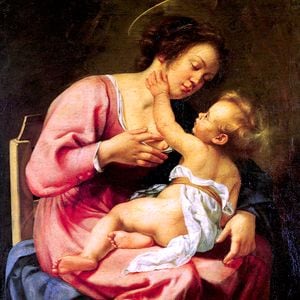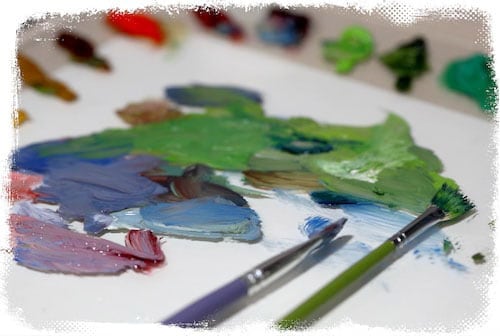
Artemisia Gentileschi
Artemisia Gentileschi
1 to 30 out of 77 items
1 to 30 out of 77 items
Artist and daughter of Orazio Gentileschi, a significant follower of the revolutionary Baroque painter Caravaggio, Artemisia Gentileschi was born on July 8, 1593, in Rome, Papal States and died in 1652/53 in Naples, Kingdom of Naples. She was a significant advocate of Caravaggio's dramatic realism in the second generation.
At first, her work was indistinguishable from that of her father, a student of Caravaggio whose style was somewhat poetic, and of his friend, the landscape painter Agostino Tassi. Susanna and the Elders (1610) was her first published work a long time, incorrectly assigned to her father. She also painted Judith beheading Holofernes twice, a subject already tackled by Caravaggio but not by her father (c. 1612–13; c. 1620). Tassi had raped her, and when he failed to marry her as promised, Orazio Gentileschi took him to court in 1612. In the course of that ordeal, she was the one who testified while being tortured.
She was the first woman to enroll at Florence's Academy of Design in 1616, the year after her trial and marriage to a Florentine. She started to find her voice while she was in Florence. She focused on history painting rather than still life or portraiture like many other woman artists of the 17th century did. She painted an Allegory of Inclination (about 1616) for the fresco cycle honoring Michelangelo's life in the Casa Buonarotti in Florence, where she was connected to the Medici court. She uses brighter colors than her father, and she stuck with the tenebrism style popularized by Caravaggio long after he gave it up.
Aside from her stay in Venice, Artemisia Gentileschi also lived in Rome. After relocating to Naples around 1630, she eventually made her way to London in 1638 to assist her father in serving King Charles I. Together, they painted the Great Hall's ceiling at the Queen's House in Greenwich. She lingered in London for some time after Orazio's death in 1639. Her biographer, Baldinucci (who tacked on her life to that of her father), claims she painted more portraits than her father and immediately became more well-known. Little is known about her latter years, but it is believed that she settled in Naples around 1640 or 1641, when she created multiple depictions of the narrative of David and Bathsheba.
Most paintings Artemisia Gentileschi did are about People, Portrait, Nude, and other subjects.
Most of the artist's works that can be seen by the public today are now kept in museums like Museo Nazionale di Capodimonte, and others.
Famous Artemisia Gentileschi period artists include Peter Paul Rubens (Dutch, 1577 -1640), Anthony van Dyck (Belgian, 1599 -1641), Nicolas Poussin (French, 1594 -1665), Jan van Goyen (Dutch, 1596 -1656), Francesco Albani (Italian, 1578 -1660), Diego Velázquez (Spanish, 1599 -1660), Cornelis Janssen van Ceulen the Elder (British, 1593 -1661), Salomon van Ruysdael (Dutch, 1600 -1670), Frans Francken the Younger (Dutch, 1581 -1642), Gerard van Honthorst (Dutch, 1590 -1656), Guercino (Italian, 1591 -1666), Guido Reni (Italian, 1575 -1642), and others.
Get inspired by the most famous paintings of Artemisia Gentileschi. Pick your favorite, and one of our talented artists will make a copy just like the original, making it a unique gift or piece of art for your home. If you can't find a specific Artemisia Gentileschi, contact us for a price quote.






























